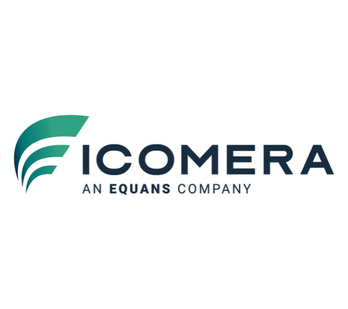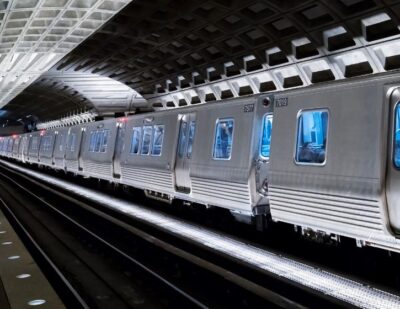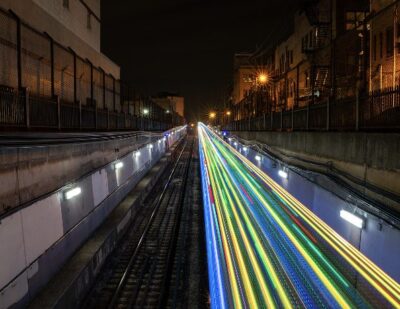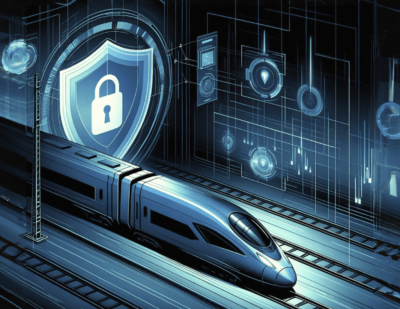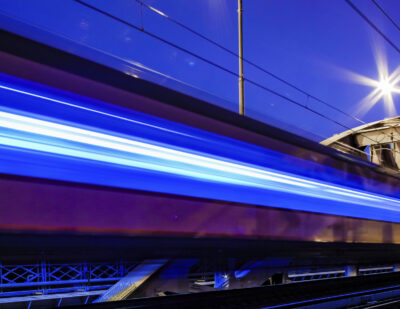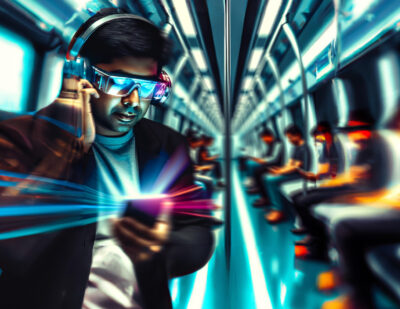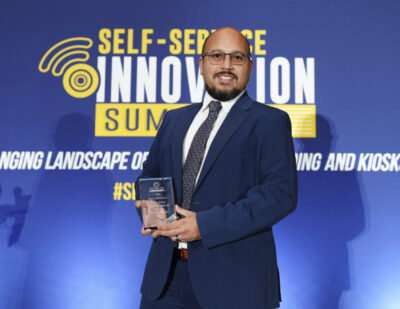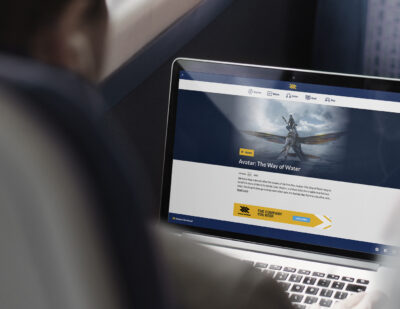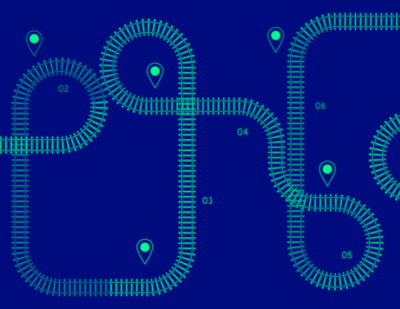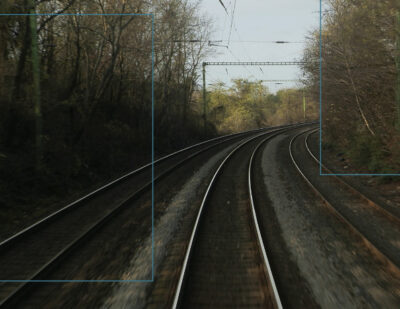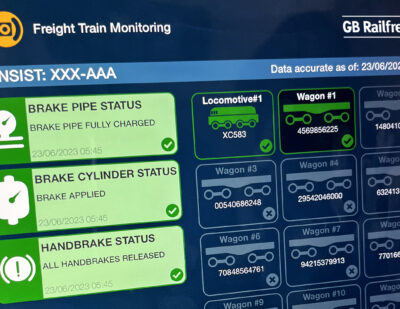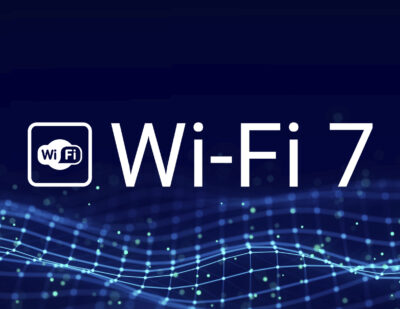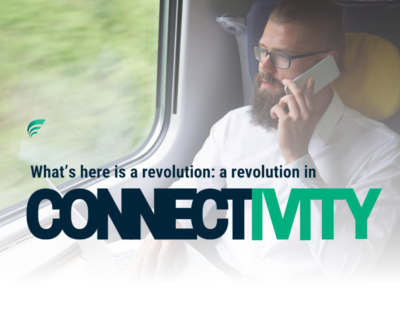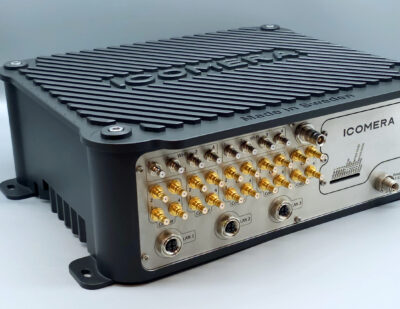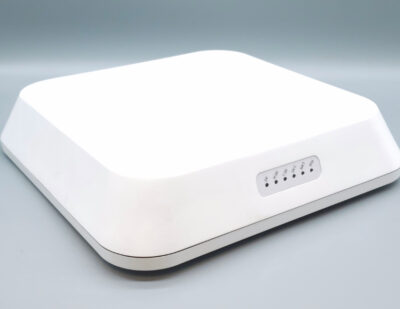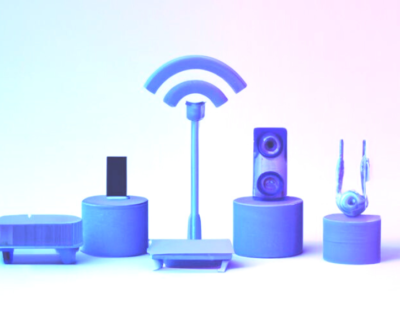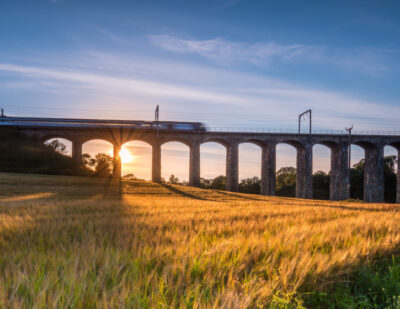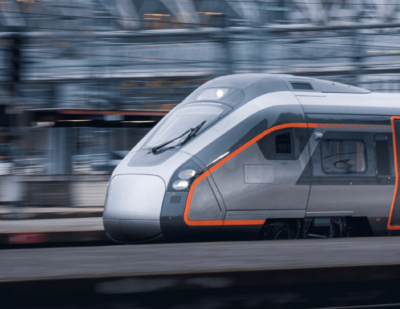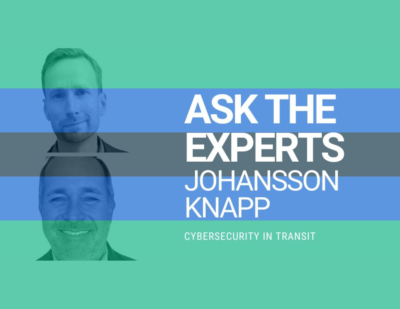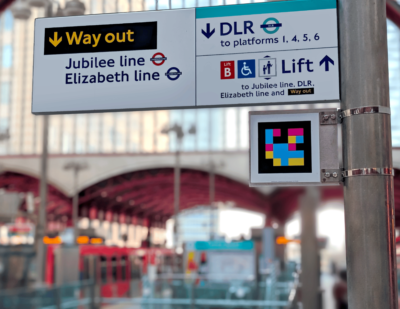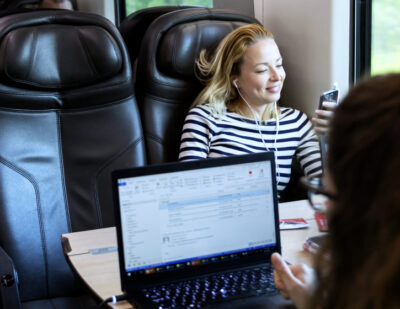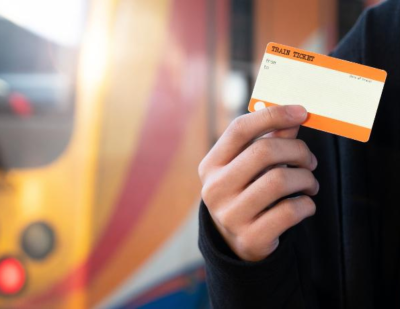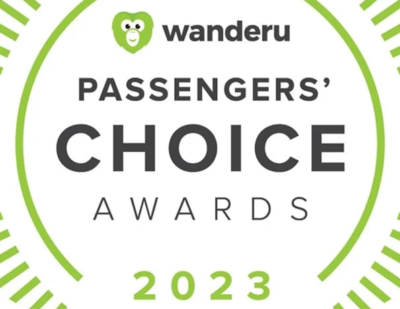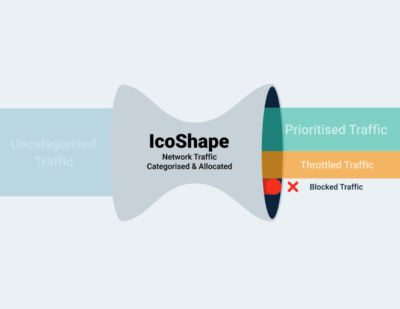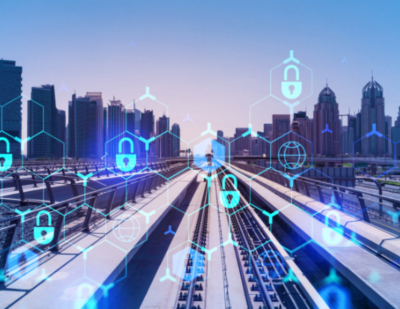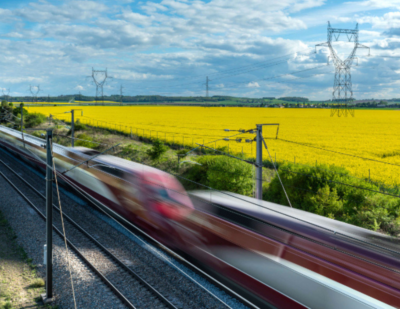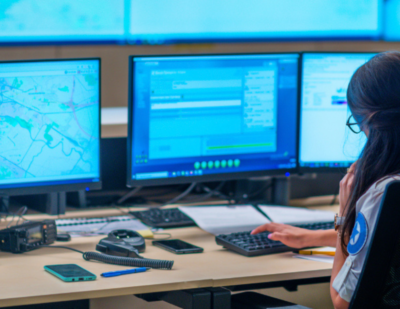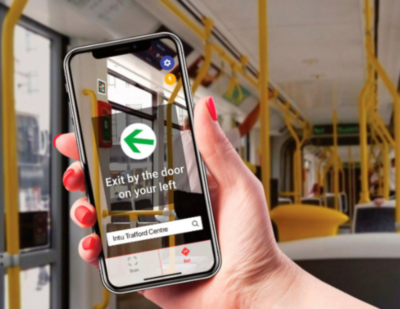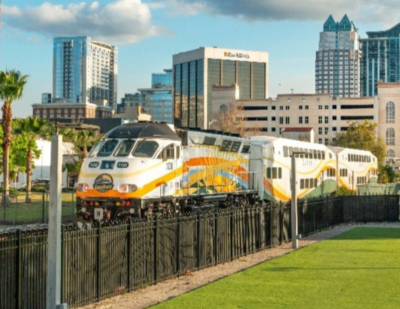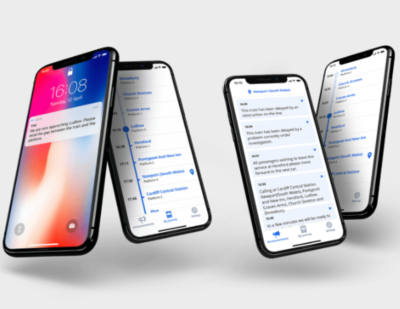Modern trains have come a long way since their early analogue counterparts. Steam engines and brass whistles have given way to electrification and, now, to the digitalisation of onboard systems and services.
As Rail transport operators embark on this dramatic transformation from slow, roving coal furnaces to what could be described as ‘high-speed mobile data centres’, new opportunities for innovation are emerging as a means of meeting passengers’ expectations of reliable, and timely services in an age of ever-increasing immediacy, as well as safer and more secure travelling environments.
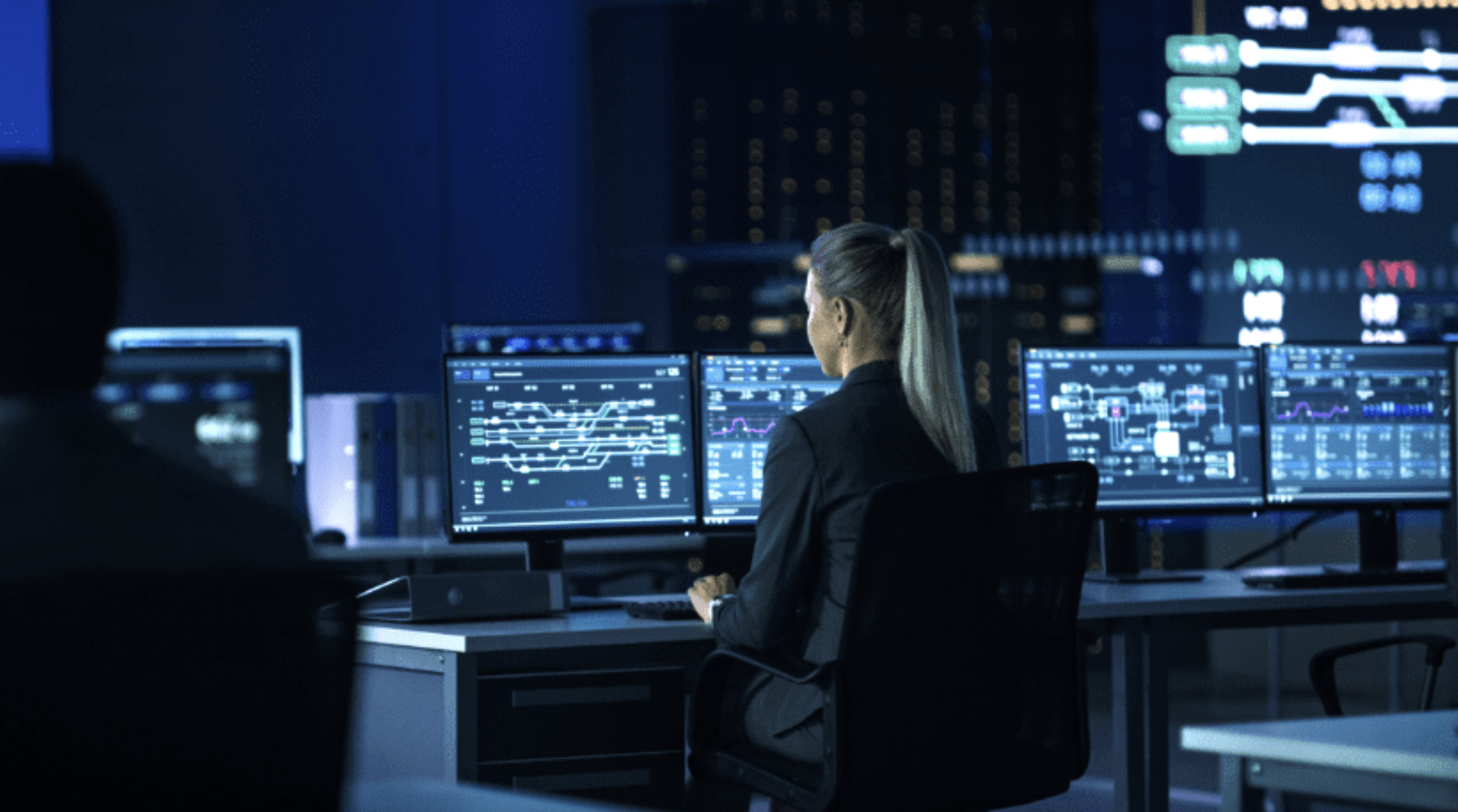
Proper Analysis Prevents Service Paralysis
Safety has always been the priority for transport operators and infrastructure providers, however when accidents do occur, they cause major service disruptions. For example, there are on average, 500 freight rail derailments occurring in Europe each year and approximately 10% of these are due to issues relating to the wheels of the wagon not turning freely. This can be caused by axle or brake issues due to mechanical failure, or human error – failing to release the handbrake for instance.
The UK’s Petteril Bridge Junction derailment, which saw the closure of major rail routes for seven weeks serves as a prime example of service disruption due to wheel failure. The cost of the associated network disruption of such events, not to mention the cost of wagon and infrastructure repairs is substantial.
Healthy Trains Need Healthy Tracks
Vehicular issues are not the only cause of service disruptions and train derailments. Environmental issues such as flooding and falling vegetation are major contributors to accidents, as well as the fact that the frequent usage of track infrastructure makes it prone to extensive wear and tear.
This is especially true for switches and crossings (S&Cs), which play an integral role in the life of the railway, by guiding trains from one track to another. Their propensity for higher wear and tear (and causing several low-speed derailments per year) means that S&Cs require more frequent inspection and replacement than most other rail engineering assets.
Track infrastructure managers spend hundreds of thousands of hours and considerable financial expenditure on maintenance efforts and, when conducted during the daytime, track inspections may cause disruptions to passenger and freight services.
In addition to operational and fiscal concerns, track inspections also present significant safety issues for engineering staff as they are more often conducted manually, at night, with poor visibility, increasing the potential for serious accidents.
Easing Worries to Get Passengers Onboard
Despite their potential severity, derailments themselves are comparatively rare. Public transport is in fact the safest means of moving people across distances – ten times safer than travelling by car. Therefore, passengers’ concerns about their safety on board the train are arguably more focused on the objects and people within their personal space, for example the conduct of the people they are surrounded by, or the security of their luggage. After all, using public transport requires passengers to share confined spaces with total strangers, for predetermined lengths of time, with limited opportunities to remove themselves from uncomfortable situations.
This aspect of travel is clearly front-of-mind where passengers are concerned, especially given the media’s tendency to fuel fears of danger on public transport. Hitachi Rail’s 2024 ‘Better Connected’ report on a global consumer research study of over 12,000 people showed that “crowding remains the single biggest barrier to people using public transport” and that onboard safety is a major deciding factor in using public transport for 89% of passengers.
The findings align neatly with an MTA survey of New York passengers that found 72% of respondents are “very concerned” about crime and harassment and 87% of lapsed riders consider safety the biggest factor in returning to public transport.
A study conducted with UK operator LNER also suggests that younger passengers whose formative years were overshadowed by pandemic lockdowns may experience a heightened level of anxiety and discomfort when using public transport, suggesting that the best way to entice the next generation of public transport users is to focus on providing a safe, relaxing journey.
Beyond attracting passengers, safeguarding staff is another vital consideration. Recent studies have shown that 94.1% of UK front line rail staff have faced abuse at work and over 72% experienced workplace violence in the last year.

Building Confidence in Safety
It is clear that transport operators are listening to their customers and staff and are placing safety and security at the forefront of their decision-making. In the UK, a multi-year research study has shown that cameras worn by staff as visible deterrents reduce the likelihood of assault by 47%. 7,000 new cameras were installed on board Northern’s fleet of trains in 2022, footage from which can be viewed by the British Transport Police in real time. The number of dangerous attacks on trains operated by Northern is down almost 90% in the last 12 months, with the number of recorded incidents at just 8.
The U.S. treats safety and security just as seriously. For example, Washington Metropolitan Area Transit Authority (WMATA) increased security patrols by 70% through partnerships with local policing agencies, with crime enforcement up by 300%. By combining these patrols with 30,000 cameras on buses, trains, and stations, WMATA has seen a 14% decrease in crime and a 24% and 15% increase in rail and bus ridership, respectively.
Physical and Virtual Patrols: A Combined Approach
The ability to view, record, and track through real-time video feeds from any number of connected cameras at the click of a button allows security and law enforcement personnel to perform ‘virtual patrols’. Much like the ‘virtual track-walks’ mentioned earlier, this can reduce the risks to staff and passengers, as incidents can be monitored proactively and de-escalated before situations have a chance to cause anxiety, damage, or harm.
Virtual patrols by no means reduce the necessity for the physical presence of front-line and security staff. In fact, by combining physical and virtual approaches, operators provide a significant deterrent to unwanted behaviour while making the jobs of transport personnel easier and safer by far.
Real-Time Monitoring: Prevention is the Best Medicine
If a preventative approach is vital in protecting assets from damage, the same may be said for the protection of the people on the trains themselves.
Passengers and staff in danger of personal harm or theft find little comfort in knowing that video footage is recorded for later use in court, if nobody can proactively intervene to prevent the risk in the first place. This is why the ‘real-time’ aspect of video surveillance is so important.
To truly transform onboard surveillance systems into ‘real-time’ preventative measures, the train’s onboard network needs to have the capability to effortlessly process all video data on the edge and offload it from trains just as quickly when footage is requested remotely.
This process is not as costly or data intensive as one might think. Remote data offload is cheaper and faster than physically removing storage media, as is the ability to perform camera device health checks directly from the surveillance VMS dashboard, as opposed to only checking them in person. Additional savings are achieved by automatically offloading data over Wi-Fi, either all at once when trains are not in service, or incrementally as they pass through station Wi-Fi networks.
It should be noted that the collection of forensic evidence is still a vital component of any video surveillance system, and the best modern digital video surveillance solutions still need to use high-definition optical sensors and secure, high-capacity onboard data storage systems to ensure that video footage is always fit for the purpose of forensic analysis.
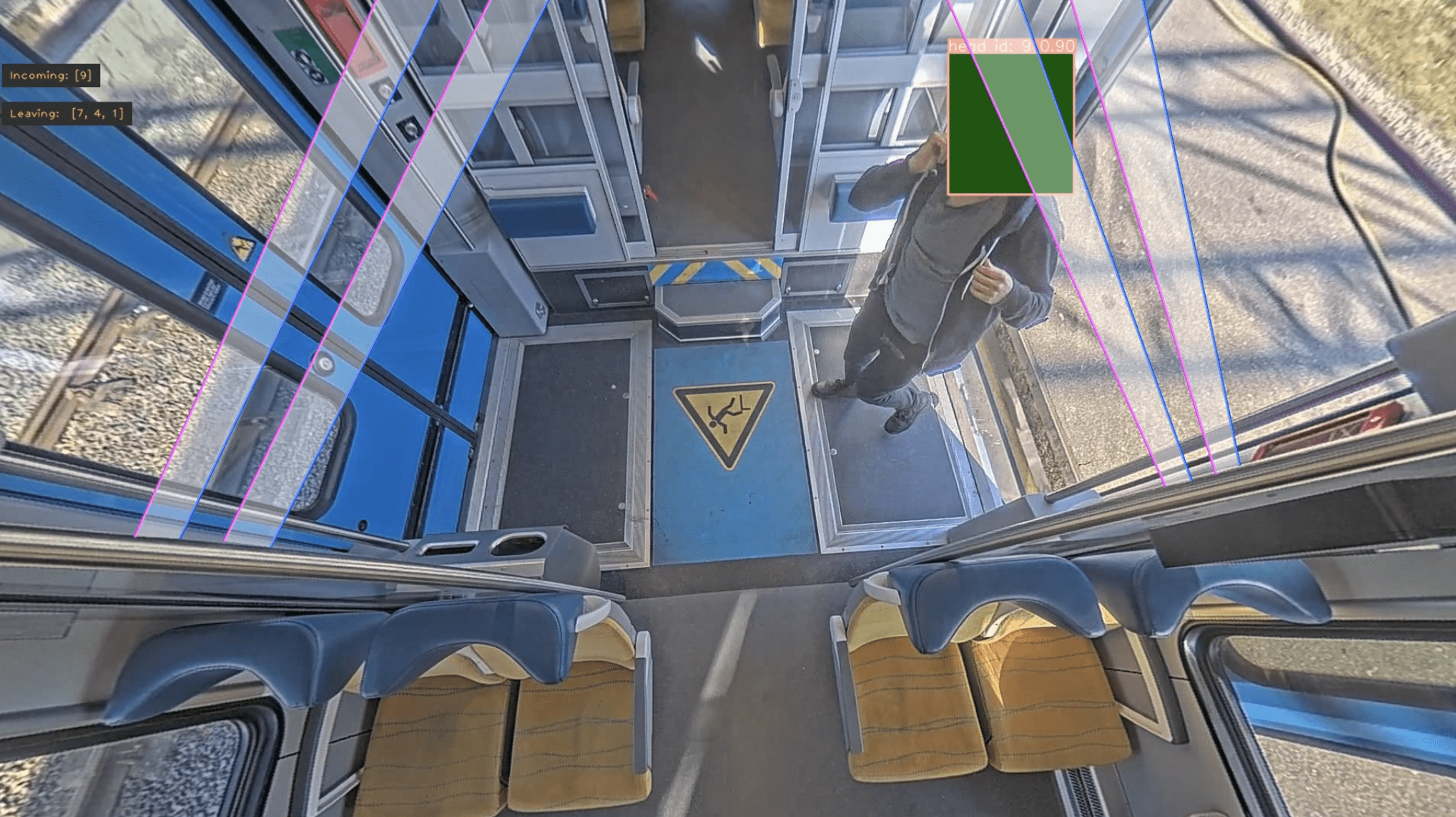
Video Data and AI Analytics: Dual Functions United by Purpose
The technology used to monitor the devices and people on the train can also perform additional operational and safety functions, which would normally have necessitated the use of disparate systems and devices.
For example, networked digital video surveillance cameras can use advanced AI video analytics to function as Automatic Passenger Counting (APC) systems which can exceed traditional sensor-based solutions in both function and accuracy, while reducing the time and costs needed to install and maintain separate pieces of hardware.
This approach offers a huge cost-saving opportunity for transport operators, who need to understand passenger loads and travel patterns, so they can ensure compliance with safety measures and manage fleet and staff capacity planning.
Transport operators can reliably monitor total occupancy levels from consist- down to coach level, boarding/alighting numbers per station, and total vehicle ingress/egress, all in real-time.
Sharing the ability to effectively gauge train occupancy levels with passengers can also make it easier for them to choose less noisy or crowded environments to travel in, ensuring that they are comfortable throughout their journey.
A Truly Connected Future
By embracing connectivity and intelligently linking onboard devices and systems together in a digital ecosystem, the data collected can be analysed and used for a wide range of applications such as train condition monitoring, track monitoring, onboard video surveillance and automated passenger counting.
With high-powered, reliable connectivity enabling forward-looking strategies, operators can provide a Connected Journey that is smoother, safer, and more enjoyable than ever before.
This article was originally published by Icomera.

